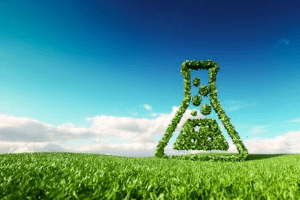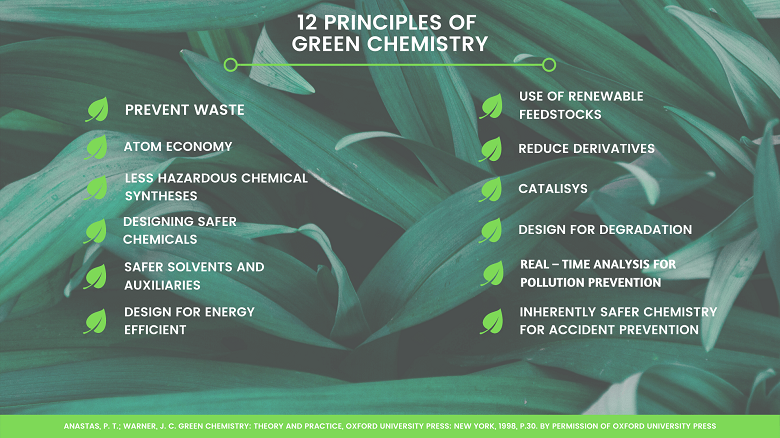They say mathematics is the queen of science, but chemistry is undoubtedly her first lady. Without chemistry, there would not be many very important events in the history of the development of civilizations and cultures. Thanks to chemistry, we learned, for example, the art of obtaining paper, and then the art of printing. The power of chemical sciences also includes fabric production, the development of medicine and pharmacy, construction, transport, manufacturing, and many other fields. Thanks to chemistry, great works of painting and sculpture were created. Without it, the thoughts and ideas of scientists, researchers and inventors would not survive. Chemistry is an area without which the world would be gray and cold.
Every matter consists of molecules and atoms. Chemistry is therefore ubiquitous and accompanies us in every area of life, although it has its advantages and disadvantages. Certain compounds or chemical processes undoubtedly have harmful effects on the environment and human health. For this reason, chemists are constantly exploring, modifying, and creating new technologies based on the ideas of sustainable development. One of them is GREEN CHEMISTRY. Let us therefore find out what this concept is and what its impact is on the chemical industry today.

In 1991, Green Chemistry was introduced by Paul Anastas. An American scientist who is currently director of Yale University’s Center for Green Chemistry and Green Engineering. Previously, he held the role of Scientific Advisor to the United States Environmental Protection Agency, as well as Assistant Administrator for Research and Development Agency, for which he was appointed by President Barack Obama.
His concept is based on twelve principles, which involve designing and conducting chemical processes in order to reduce the use and formation of harmful substances.
Let us now present the 12 Principles of Green Chemistry developed by Paul Anastas and John Warner.

The set of principles presented precisely defines the foundations of Green Chemistry. Over the years, however, this concept has taken on more and more new meanings. Chemistry is evolving, new technologies are emerging, we focus on renewable sources and energy savings. The world is moving forward, and green chemistry is becoming an increasing priority.
Human activity has a huge impact on the environment. Climate change, new species, changes in air quality are just some of the noticeable effects. That is why it is so important that the industry also remembers the environmental aspects, pursues sustainable goals, and integrates them into its business strategies.
The PCC Group has always applied global and European standards of sustainable production in its activities. We follow modern trends and implement ecological solutions. Key aspects of our green chemistry philosophy include: the use of green energy in technological processes, the use of raw materials obtained from renewable sources, or the design of products taking into account their biodegradability and emissions, and the reduction of waste production.
This is evidenced by another eco-label in our product portfolio. Introducing our customers to THE NEW PCC Greenline® product line. The range was created in accordance with the principles of green chemistry. PCC Greenline® offers include sodium hypochlorite, caustic soda or sodium lye developed in modern technology.
However, green chemistry of the PCC Group is a whole range of products divided into classifications that meet different aspects of green chemistry. Here you will find products made for eco-building, products based on natural ingredients, natural detergents, biodegradable products, or vegan products and many others.
Our offer includes the highest quality measures, which are certified by ECOCERT, EU Ecolabel, GMP or RSPO. Implemented production processes are based on international quality management systems and environmental management systems. It is very important for us to create products that successfully undergo certification processes and thus we can build credibility among our customers.
We encourage you to familiarize yourself with our philosophy of sustainable production and check the offer of green chemistry products in the tab PCC Greenline® Green Chemistry.